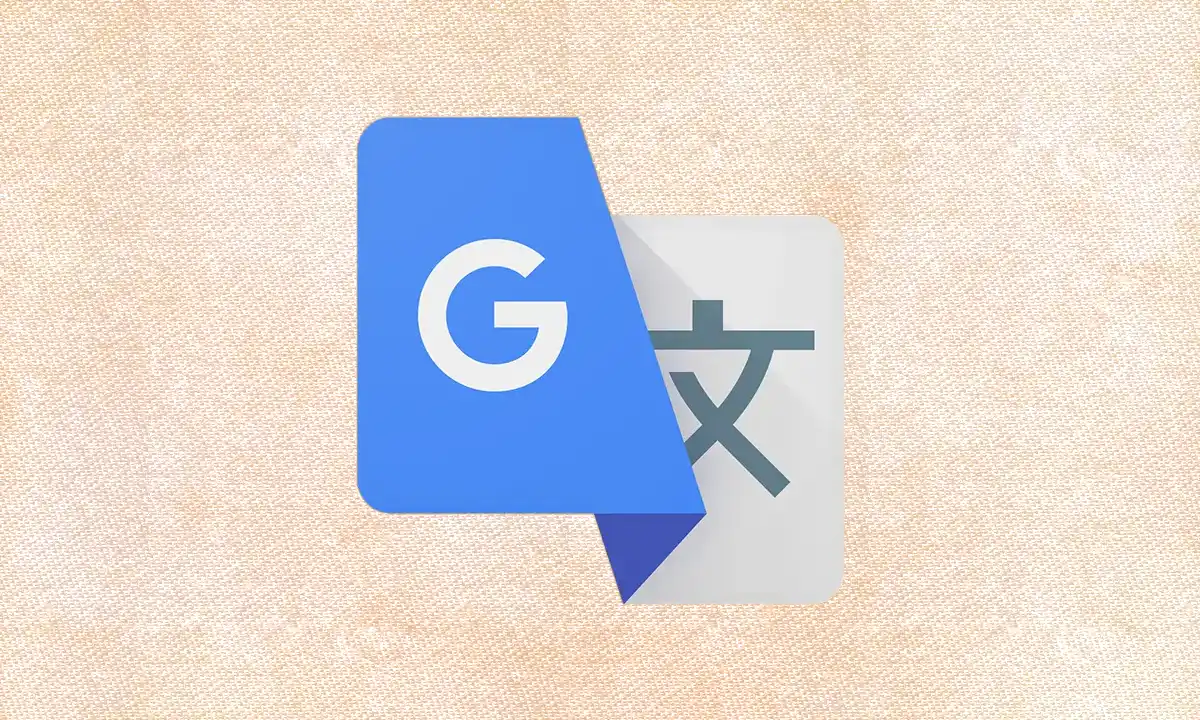Google, by employing artificial intelligence, started on Thursday to expand Google Translate by 110 new languages, including Cantonese, NKo, and Tamazight. These new languages are used by more than 614 million people, which means that translations are now available for about 8% of the global population. Some are among the major world languages with more than one hundred million speakers.
Google makes use of AI to introduce new languages
Some are used by small groups of Indigenous people, while several have few first-language speakers but ongoing language activation programs, the company noted in a press release. Google recently revealed that its Translate tool now understands 110 new languages due to the firm’s PaLM 2 large language model. At the present moment, there are approximately 7000 languages in the world, and Google Translate can translate only a small number of them.
But the company is gradually improving its position. In 2022, Google introduced 24 new languages through a model that can learn the next language without any examples. In the same year, the company laid down the launch of the 1,000 Languages Initiative intending to develop AI models for translation across the 1,000 most popular languages in the world.
New languages that will be introduced with Google translate
From Africa there are more than a quarter of the new languages, making this the largest increase in African languages: Fon, Kikongo, Luo, Ga, Swati, Venda, and Wolof. This year alone, Google has introduced 24 new language pairs with the help of zero-shot machine translation which implies the ability of a machine learning model to translate directly into another language without utilizing previous examples. There is a web-based version of Google Translate, a Chrome browser extension, and applications for iPhone and Android. See full language’s list via officially blog of google translate.
Here is a brief overview of the new languages: The full list and also more details can be found on the Google help page Some of the noteworthy additions include Cantonese which Google claims was one of the most requested languages for Translate Balinese Fijian Portuguese (Portugal) Tahitian and Tibetan.
